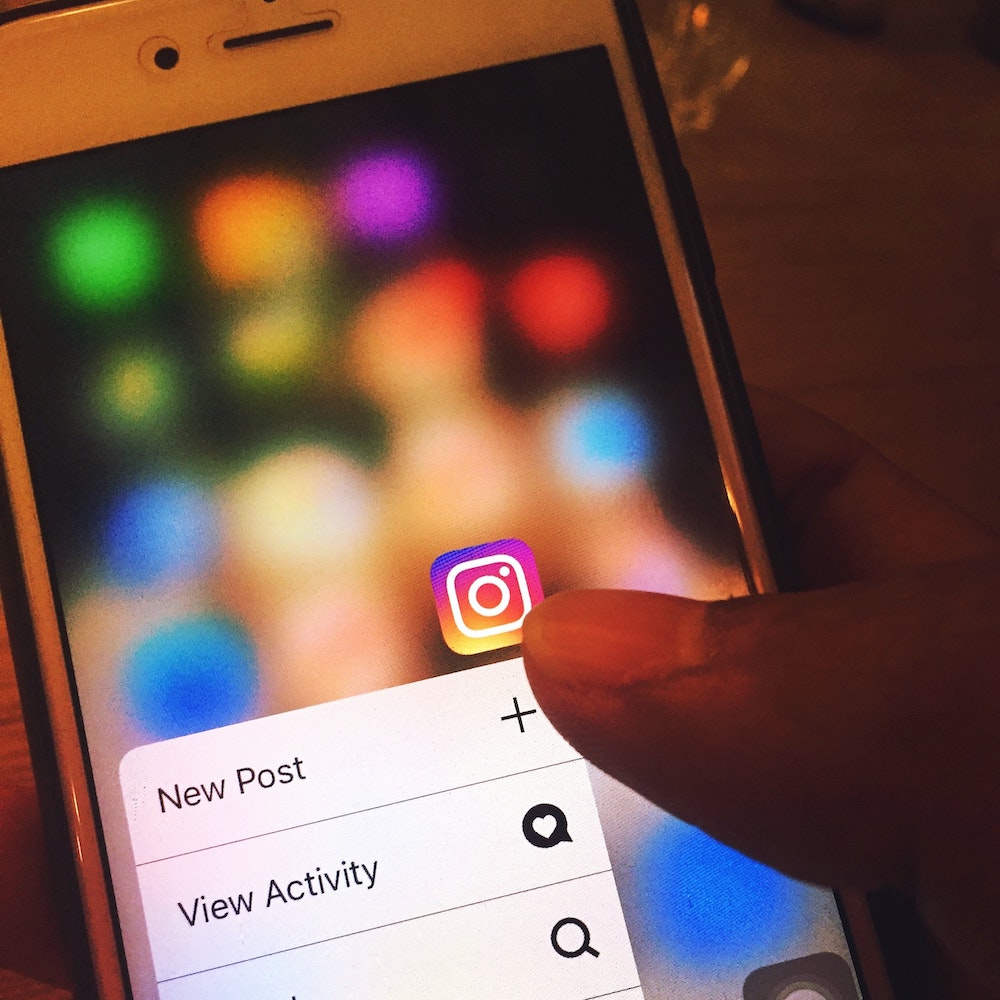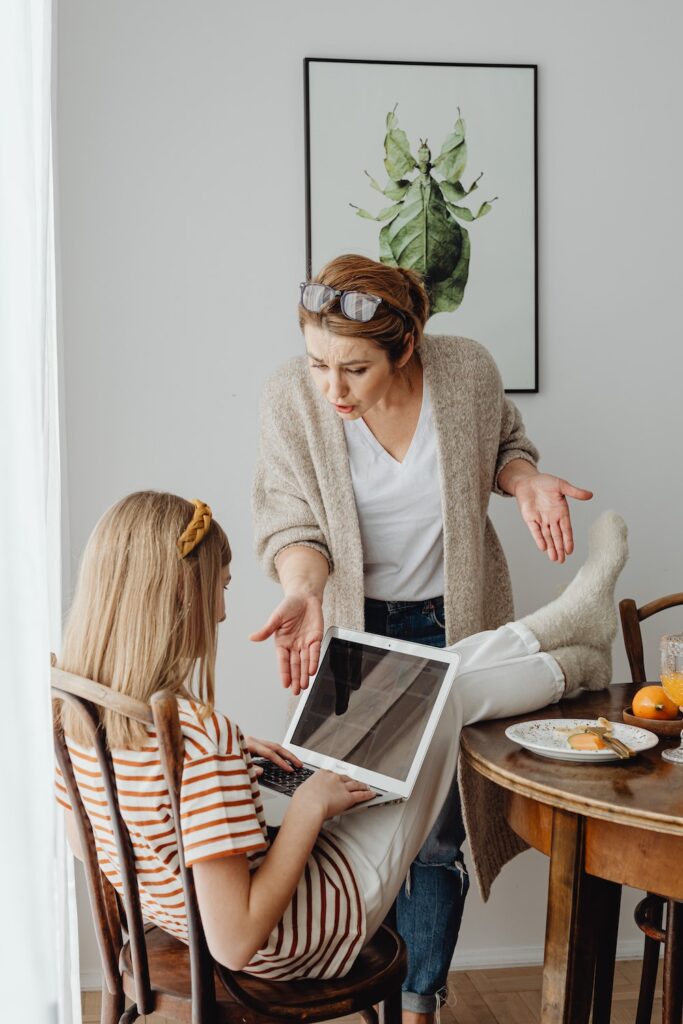You may have heard of Insta. It’s short for Instagram, a popular social media photo-sharing app that’s a favorite of teens and adolescents around the world.
But Finsta? What is it?
Finsta is a combination of two words: Fake and Instagram. It’s a secret account that can only be accessed if you know someone has one, and you know what their username is. Hence, it’s more private and exclusive. For example, if you type in your son or daughter’s name in Instagram’s search box, you may find their Insta. But you probably won’t find their Finsta. Most Finstas are kept anonymous, while Insta usernames are usually associated with a teen’s real name.
Whereas Instagram has exploded in popularity over the last decade, the rise of Finsta is relatively new.
How and Why did Finsta Develop?

While many teens may have different opinions, here’s our take on it.
As Instagram expanded, privacy shrunk. In the last several years, Instagram users multiplied in droves. Teens grew more and more followers. They got more likes and comments on their photos and videos. As engagement increases, the quest for increasing the number of followers and likes – currency in the world of social media – increases too.
As a result, many adolescents, especially adolescent girls, become choosier with the content they post. Sharing a selfie with 350 followers takes a lot more courage than just posting it to 10. The pressure to look perfect and cultivate a carefully curated image becomes great. Many adolescents may feel like they need to hide behind a mask in order to be and look like everyone else.
Finsta, as a smaller and more exclusive alternative, offers teens a relief from this pressure. While a teen’s real Instagram (or rinstagram) can include everyone from their classmates, teacher, coach, cousins, best friend’s parents, and of course mom or dad, their Finsta is only reserved for their nearest and dearest friends. It’s usual to have Instagram followers numbering in the hundreds or thousands, with Finstas usually in the double digits.
Finsta: The Secret Instagram
With fewer followers, teenagers can feel more comfortable being real. Here is when teens will post their more edgy, provocative, silly, or rebellious photos. “The pictures you don’t want everyone to see… you’ll be posting that to your Finsta, not your insta,” says one 15-year-old, Tricia. “Otherwise,” she explains, “it’s not good for your reputation.”
Unfortunately, that means it’s also a breeding ground for darker behaviors, such as cyberbullying, pornography, sex-related content, and drugs. No need to think twice about posting the video of your first time smoking marijuana—it’s only your best friends seeing this, of course. No worries about Great-Aunt Martha—or mom or dad—seeing the picture of last night’s party.
“On Finsta, you don’t have to worry about the consequences,” says Tricia.
Finsta’s private nature also means some teens use it to share their mental health struggles. For these teens, who may struggle with depression or anxiety, Finta serves as a sort of personal diary. The close-ups of a teary face, or the picture of slit wrists, would probably never show up on Insta. But it would garner lots of sympathy on Finsta.
Instagram, on the other hand, is for that carefully edited and filtered photo of all you and all your friends on the beach, laughing in the sun. Or for that flawless selfie—taken 35 times just to get that perfect angle.
How Do I Know if My Teen Has a Finsta?

You probably know if your teen has an Insta. But you probably don’t know if they have a Finsta.
Tricia’s Finsta, for example, contains only about 20 followers, while her Insta contains 150. To maintain her tight-knit circle, she is pretty exclusive about who she allows to follow her. Her Finsta bio makes it very clear: “Fo[r] friends only”.
However, the 15-year-old says she’s very open with her parents and they trust her completely. They also spot-check her posts every once in a while. When it comes to safety, we’d always recommend parents stay up to date on what their adolescent is posting on social media. Check your teen’s phone every once in a while, and ask them if they have a Finsta. If they do, check what they’re posting there. If any of the posts make you flinch, or worry you due to their sensitive nature, it may be time to have a conversation with your teen.
Mental Health and Social Media Use
In general, it’s your responsibility as a parent to monitor your teen’s media usage. Even adolescents who aren’t posting inappropriate memes or worrisome content on Finsta may be feeling the effects of too much social media exposure. Facebook, Instagram, Snapchat, Twitter and other sites are breeding grounds for competition and peer pressure, based on curated realities that are not ultimately real. Many teens wonder why everyone seems to be living a perfect life, except for them. This stress can exacerbate pre-existing mental health issues or can cause depression and anxiety to develop. In fact, depression has been linked to heavy social media use. One study of teens found that in those who reported they were unhappy with their lives, 18% said social media makes them feel more depressed.
In their 2018 yearly report, Common Sense Media found that the largest effect of social media use on adolescents appears in eighth graders who spend 10 or more hours a week on social media. This age group is 56% more likely to report being unhappy than those who spend less time on social media.
It’s also important to note that adolescent girls have higher rates of depression than boys; they are twice as likely to be depressed. So if you’re a parent of an adolescent girl who shows signs of depression and uses social media a lot – meaning, who checks these sites more than six times a day – social media may, indeed, be a contributing factor to her depression. Talk to a mental health professional to receive an evaluation.
For more information on improving your teen’s social media usage, read our tips here.






























































